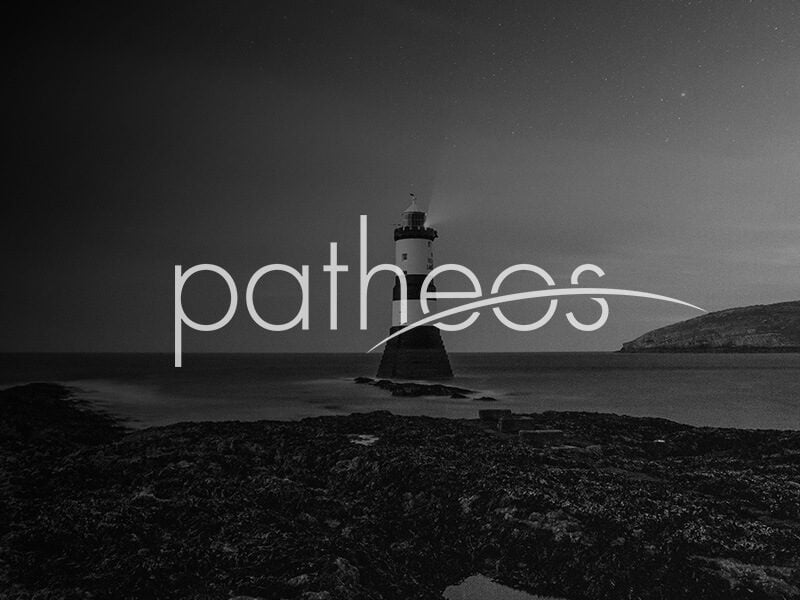Jamie Smith (Who’s Afraid of Relativism?) defends Richard Rorty against the charge that he leaves behind an antirealism that implies we cannot refer to the world, perhaps an antirealism that denies the existence of extra-linguistic things. In Smith’s summary, “realist critics confuse having a theory of reference and granting a kind of ontological weight to things. That is, they think that having a theory of reference is the necssary condition for affirming that there are extra-paradigm ‘things.’ So they assume... Read more



















